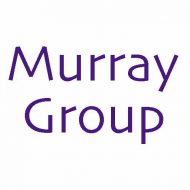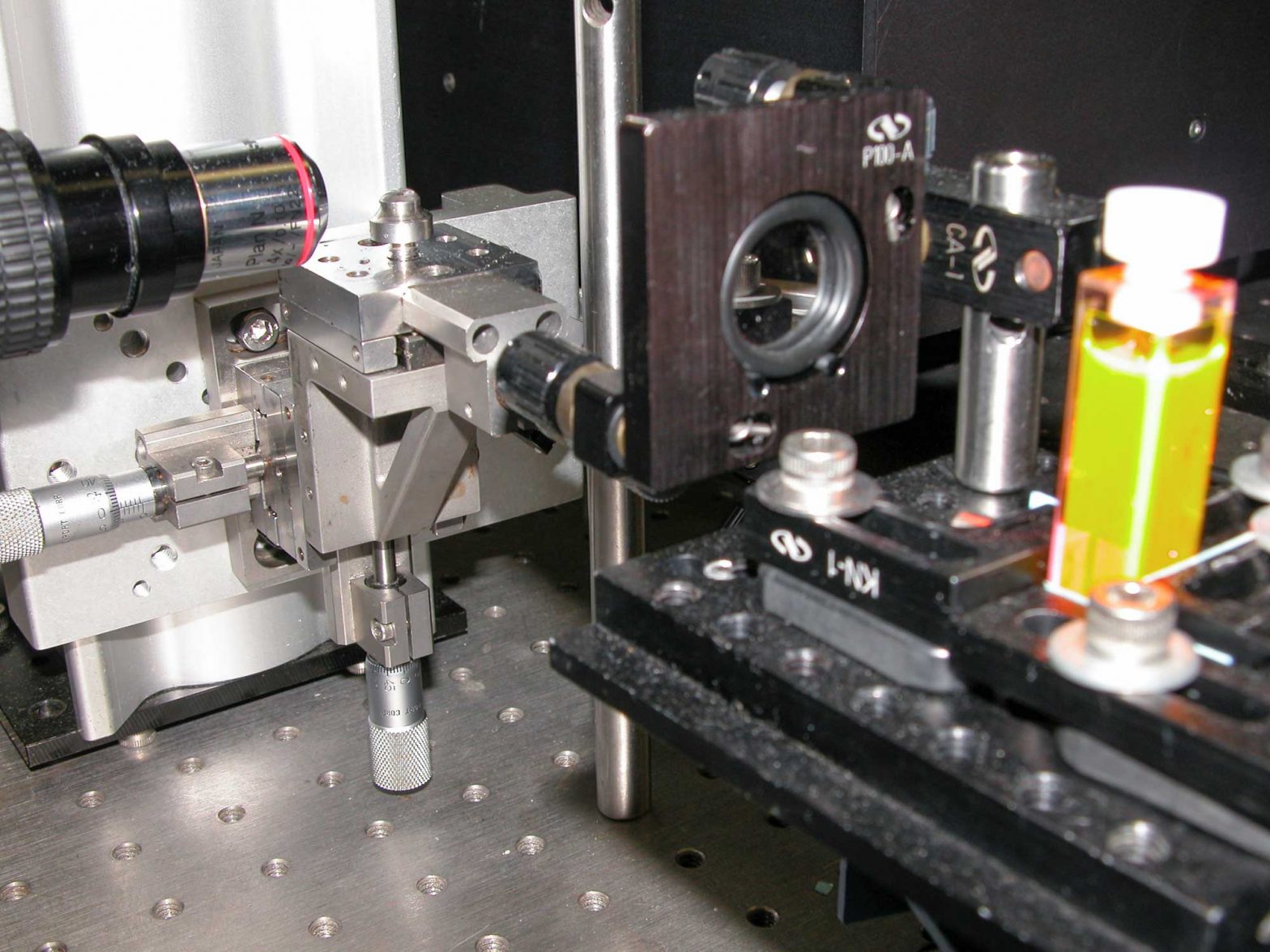X. Fan, K.K. Murray, “Wavelength and time-resolved imaging of material ejection in infrared matrix-assisted laser desorption,” J. Phys. Chem. A. 114 (2010) 1492–1497. doi:10.1021/jp9077163.
Abstract

The dynamics of glycerol ablation at atmospheric pressure was studied using fast photography. A mid-infrared optical parametric oscillator was used to irradiate a droplet of glycerol at normal incidence. The wavelength of the infrared source was tunable and was varied between 2.7 and 3.5 μm for the studies. After an adjustable delay, an excimer pumped dye laser was used to illuminate the expanding plume, and the 90° scattered light was imaged with a high-speed CMOS camera. The time delay between the IR and UV lasers was varied up to 1 ms with a particular emphasis in the early stages of plume evolution below 1 μs. The threshold fluence for plume formation varied between 1000 and 6000 J/m^2, and the minimum fluence corresponded to the OH stretch absorption of glycerol near 3.0 μm, which also corresponded to the greatest scattered light signal and duration of material emission. The velocity of the expanding plume was measured and ranged from >300 m/s near the OH stretch absorption to <100 m/s near the 3.4 μm CH stretch. Plume modeling calculations suggest that material removal is driven by phase explosion in the stress confinement regime that is at a maximum near the wavelength of the OH stretch absorption.




